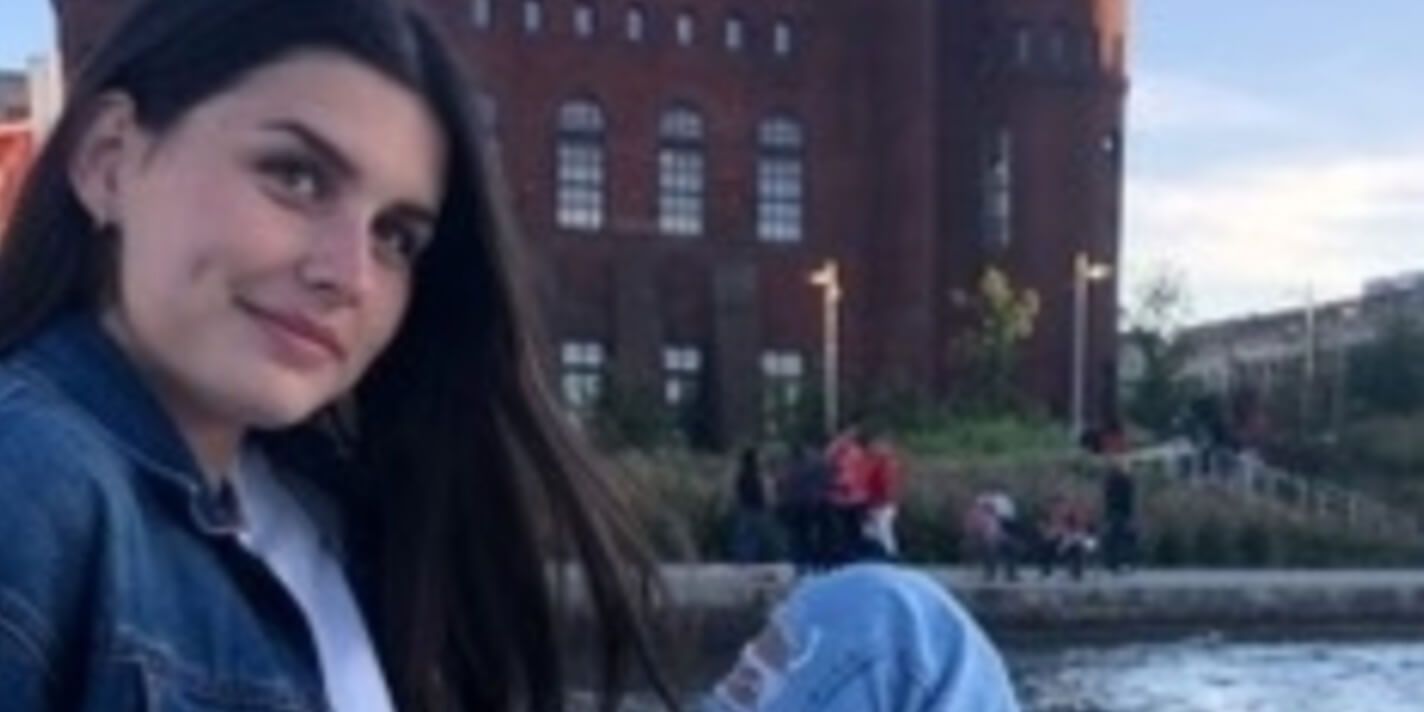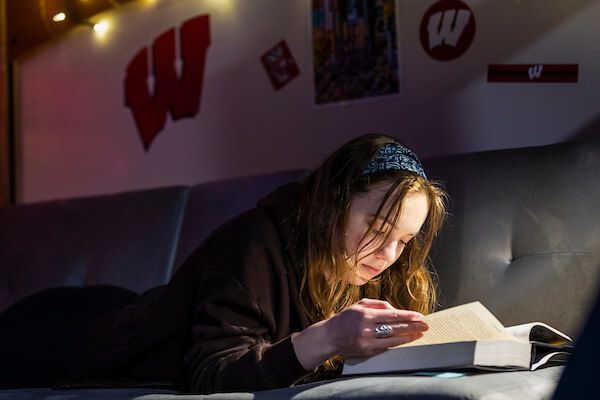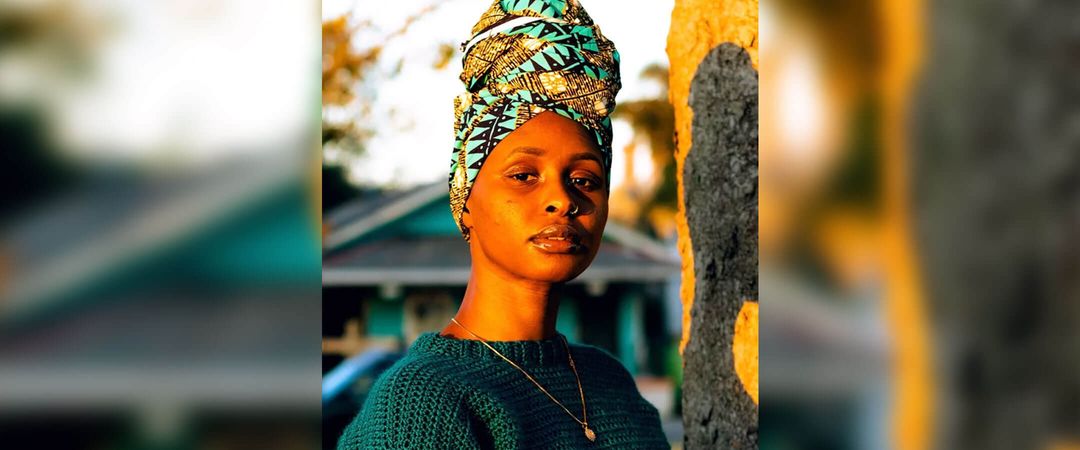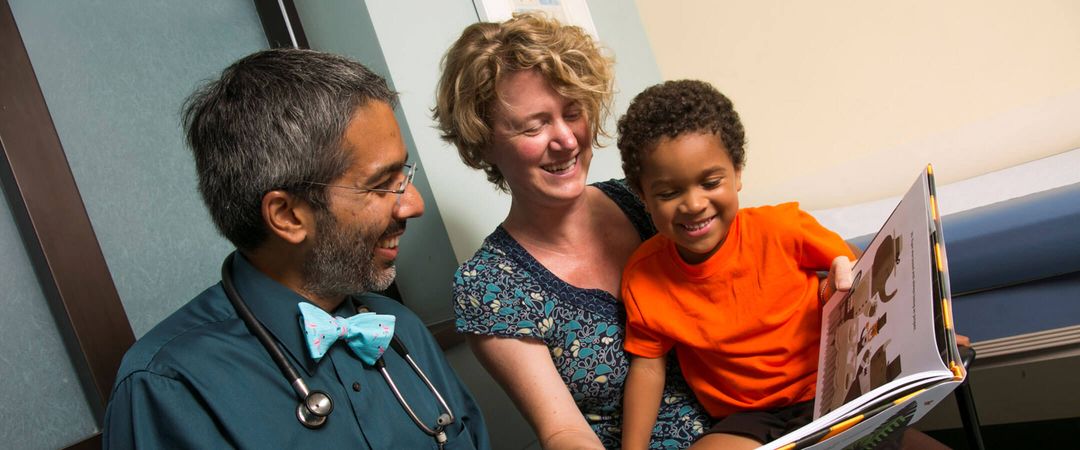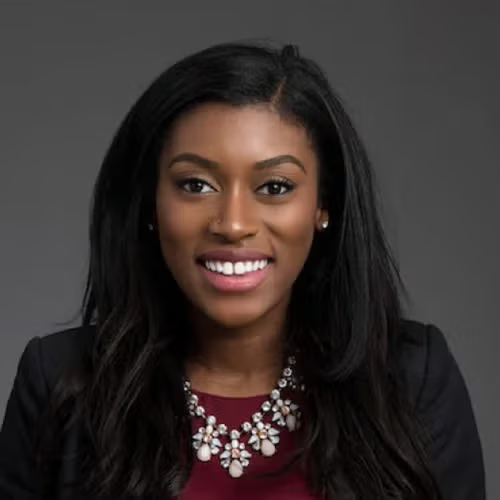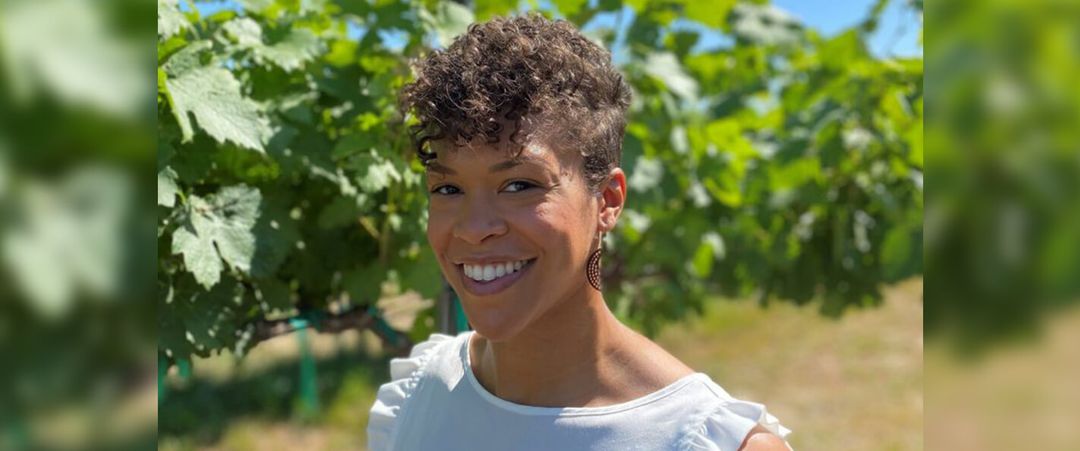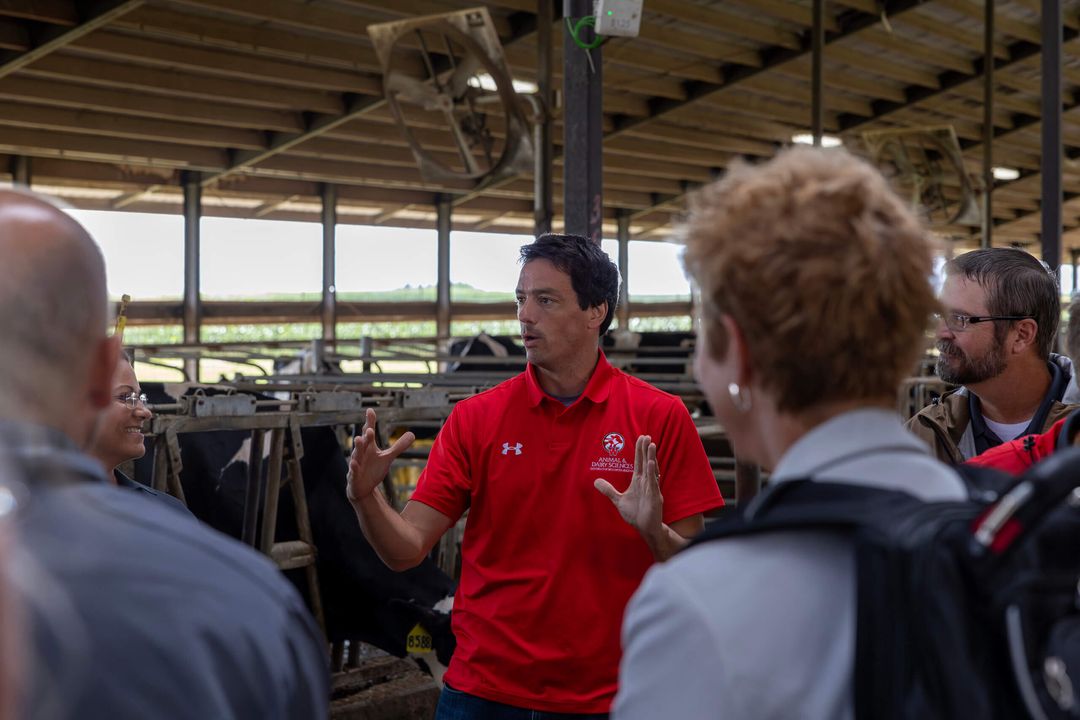If you were on campus any time since 1931, chances are you’ve heard of the outdoors club Hoofers. And if you ever thought that Hoofers was a group primarily consisting of upper-middle-class, straight, white men … well, you wouldn’t necessarily be wrong. Current Hoofers agree — and they believe it’s well past time to change things up. Enter Hoofer Ambassadors.
Started in 2018 by former Hoofer Council president David O’Keeffe ’19, the Hoofer Ambassadors program is dedicated to equity in the outdoors: specifically, decreasing barriers to participation in Hoofers and increasing representation among its members. Realizing that its membership was predominantly white — even more so than the makeup of campus — O’Keefe helped launch an internal diversity survey. The findings were stark, but not surprising: membership was about 87 percent white, and leadership was almost exclusively white.
In discussing findings from the survey, Isabel Peterson x’22 — Hoofers’ current officer of diversity and inclusion, a position created from the Ambassadors program — notes that “the running theme was that white men had the highest levels of security and previous outdoor experiences, and that experience degraded over the survey.” White women felt less included than white men, and women of color felt even less so. “David O’Keefe used that survey to show evidence that something needs to be done internally to address the systemic problems within Hoofers,” Peterson explains. “That’s where Ambassadors came from.”
In its four years, the Ambassadors program has quite literally reshaped Hoofers. Hoofers’ organizational structure is extensive: six semi-autonomous clubs each elect their own presidents, who then make up the Hoofers Council, which sits under the Hoofers president. The Ambassadors program added another council and council position — Peterson’s — which is focused solely on diversity and inclusion efforts. Although Peterson is graduating this spring, she has high hopes for the future of Hoofer Ambassadors. A particular goal she has is to establish the 2018 internal diversity survey as a recurring survey, so Hoofers can check its progress toward a more inclusive organization.
“I want [Ambassadors] to have a more institutionalized presence within Hoofers so that it doesn’t feel like we only do community events. While those are awesome, I also want to try and make more structural changes within how Hoofers runs,” Peterson says.
What does “outdoor equity” mean to you?
I think that to define outdoor equity, you have to first have a discussion about the history of outdoor activity and how a lot of outdoor activities have historically been exclusive of a lot of different people. Knowing that outdoor activity has typically been able-bodied, white men from upper-middle-class backgrounds, from there, you can see that the face of outdoor activity is not representative of people in general. From there, outdoor equity is about decreasing the barriers so that anyone who wants to enjoy time in the outdoors is able to go out and do that, feel comfortable, and not be burdened financially. You can’t define it without defining why it’s necessary to begin with.
What are the biggest barriers to outdoor equity that Hoofer Ambassadors is working to eliminate?
There are the three ways that I like to think about the programming. We have the financial basket: the clubs are expensive, and once you’re in the clubs, you have to pay for trips. For that [barrier], we have a grant program to help subsidize the costs of joining clubs and to make beginner-friendly trips that are very low cost. Our biggest event of the year is called “All Out,” and it’s like a free crash course on outdoor activity. We also have the physical accessibility basket. A lot of outdoor activity is not accessible for everyone, and that’s why we have Hoofers Adapt. We’re creating a stronger relationship with the master’s of occupational therapy student board. We’ve done adaptive skiing, adaptive climbing, and adaptive kayaking. There’s not a ton of [adaptive] equipment within the clubs, so that’s hopefully something we’ll be able to get some grants for next year. The third basket is a bit broader. I call it the social basket. Hoofers is overwhelmingly white. Hoofers is overwhelmingly straight men. [We’re] trying to create spaces for people of all different backgrounds to feel like they can come and take part in these activities and feel welcome. In the past, we’ve had a climbing night at the Sett in partnership with LGBTQ+ student orgs. Last year we did a Black History Month book club in partnership with the BIPOC Coalition. [These programs] are less centered on actual camping or sports, but they’re trying to create an environment where people who have historically not felt welcome can feel like they can be a part of Hoofers.
In its four years, do you think Hoofer Ambassadors has been able to move the needle?
I think the needle is moving, even if it’s slowly, even if the pandemic set it back a little bit. There have been some differences that I’ve been able to see. I think that the attitudes of the club presidents have been changing. When I first got involved, people were really perplexed as to why an outdoor program would need a diversity, equity, and inclusion (DEI) branch. I think that people have become far less mystified as to why that would be. I think that’s a good thing in itself. The [campus] climate has been a lot more understanding as to why most clubs should have a DEI branch, if not all clubs, but especially an organization like Hoofers that has a history of being predominately white, upper-class people. I think that’s also an area that is a good indicator of a climate within Hoofers. Right now, we’re creating a framework for all the clubs to have a DEI training for all of their onboarding. I’d like to think that the needle is moving.
Alumni and community members are welcome to join any Hoofers clubs or participate in the Ambassadors program. If you’re interested in learning more, finding volunteer opportunities, or speaking at an event, contact Isabel Peterson.
This story was originally published in the March 2022 issue of Badger Vibes. Learn more about this monthly newsletter from WAA, and sign up for the mailing list.
